Our first stop was at Macreddin Village in County Wicklow, about an hour south of Dublin.
This is a very remote accommodation, and the roads in the area are incredibly narrow. There were roads we traveled on that barely constituted a one-way road, and they were two-way! I was super happy we didn’t run into anybody on one of those, but we had plenty of close calls on other roadways. If we ever do this again, I’m going to request the narrowest car I can find, not a smallish SUV.
The hotel is quite nice, regardless of it’s remoteness, and it has two excellent restaurants on the premises. It also has beautiful grounds that are a pleasure to walk around.
It’s so weird seeing all of this green after leaving parched California. The lodge has about 25 chickens that roam the area, which was a nice treat. I ended up feeding them some toast from breakfast each morning. Here is their very full coop!
On our first full day in Ireland it was raining steadily, so we found something we could do that was indoors, the Wicklow Gaol (pronounced “jail”).
The gaol was originally built in 1702. It’s first inhabitants were Roman Catholics who continued to practice their religion in Ireland, which was declared illegal by the British due to the Reformation. I admit that I’m not much into religion, but I was surprised to see that simply practicing being a Catholic would land you in prison. The prison is interactive in that you walk into various cells and a recording starts that tells the tale of the people who were imprisoned here. The below photo depicts a Catholic Priest who was the first prisoner in the gaol.
The Irish Rebellion of 1798 saw the gaol repurposed to imprison captured rebels. Many of these were executed, but thousands were sentenced to “Transportation”, which meant they were sent to Australia, Tasmania, and the American Colonies, to work as slaves. According to stats in the gaol museum, overall, as many as 500,000 Irish men, women and children were sentenced to “Transportation” to go and work as slaves, something I’ve not read in the history books in the past. For those sentenced, many did not survive the ardorous journey.
The gaol was expanded twice to hold more and more prisoners, but even with 77 cells, they usually had well over 400 prisoners inside. The gaol held men, women and children as young as 8 years old. The 8 year old had stolen just two shillings from a woman’s purse. Children were treated just as harshly as the adults, with one of the tortures being the Treadwheel, where they had to basically do the stair machine for up to 5 hours a day. Worst of all, the wheel did nothing…no pumped water, no mill, just punishment! If you fell off, you got pulled into the machine and died. Things were so nice back then!
An important incident in Irish history is the Great Potato Famine of 1845-1849. Due to starvation, many people were led towards crime just to survive, and so the gaol filled up. Some even committed petty crimes simply to be put into the gaol with the hope of being fed, but unless you had money to pay the gaoler, you were likely to starve inside. The gaoler was paid a set wage with which he was to provide for food, straw and candles for the prisoners, so he had no incentive to assist you unless you could pay him. At the height of the famine, 77 cells held 780 people. This was why they came up with that strong smelling Irish Spring soap!
The woman depicted below was in her 80’s and was sent to the goal for not paying her taxes.
Below is an interior shot of the gaol.
It has stopped raining so we made our way down to the waterfront to check out the ruins of the Black Castle.
This castle was built in 1169 by the Norman invader Earl Strongbow, and was a constant battle ground between the Norman’s and the local Chieftans. The Irish dubbed it the Black Castle for the atrocities that occurred within. Battles were fought over the castle for hundreds of years, with the castle being burned to the ground numerous times between 1295 and 1645. Below is a depiction of what the Black Castle likely looked like in 1169.
This is all that remains today.
Next up is Glendalough and Wicklow National Park.
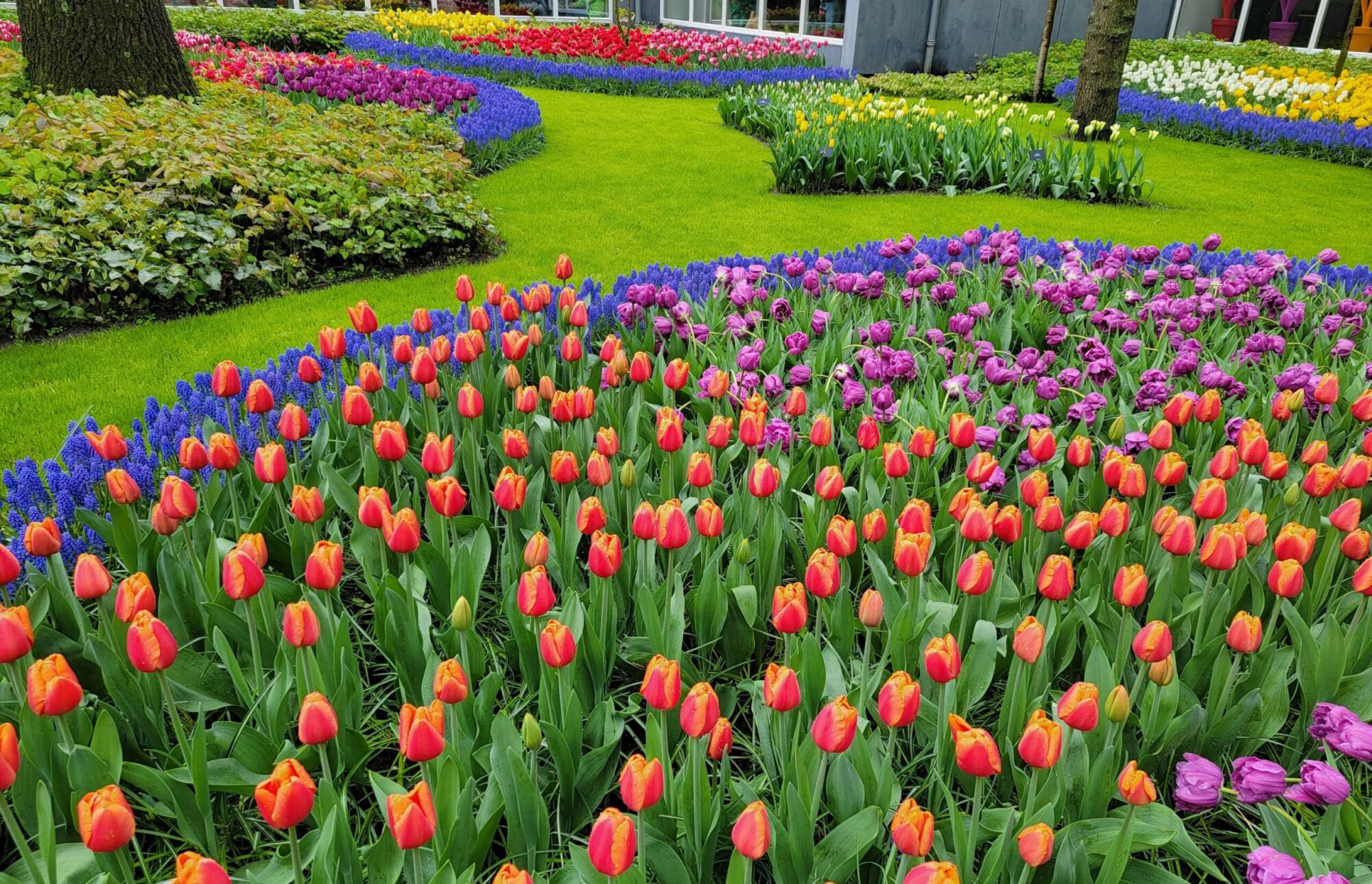
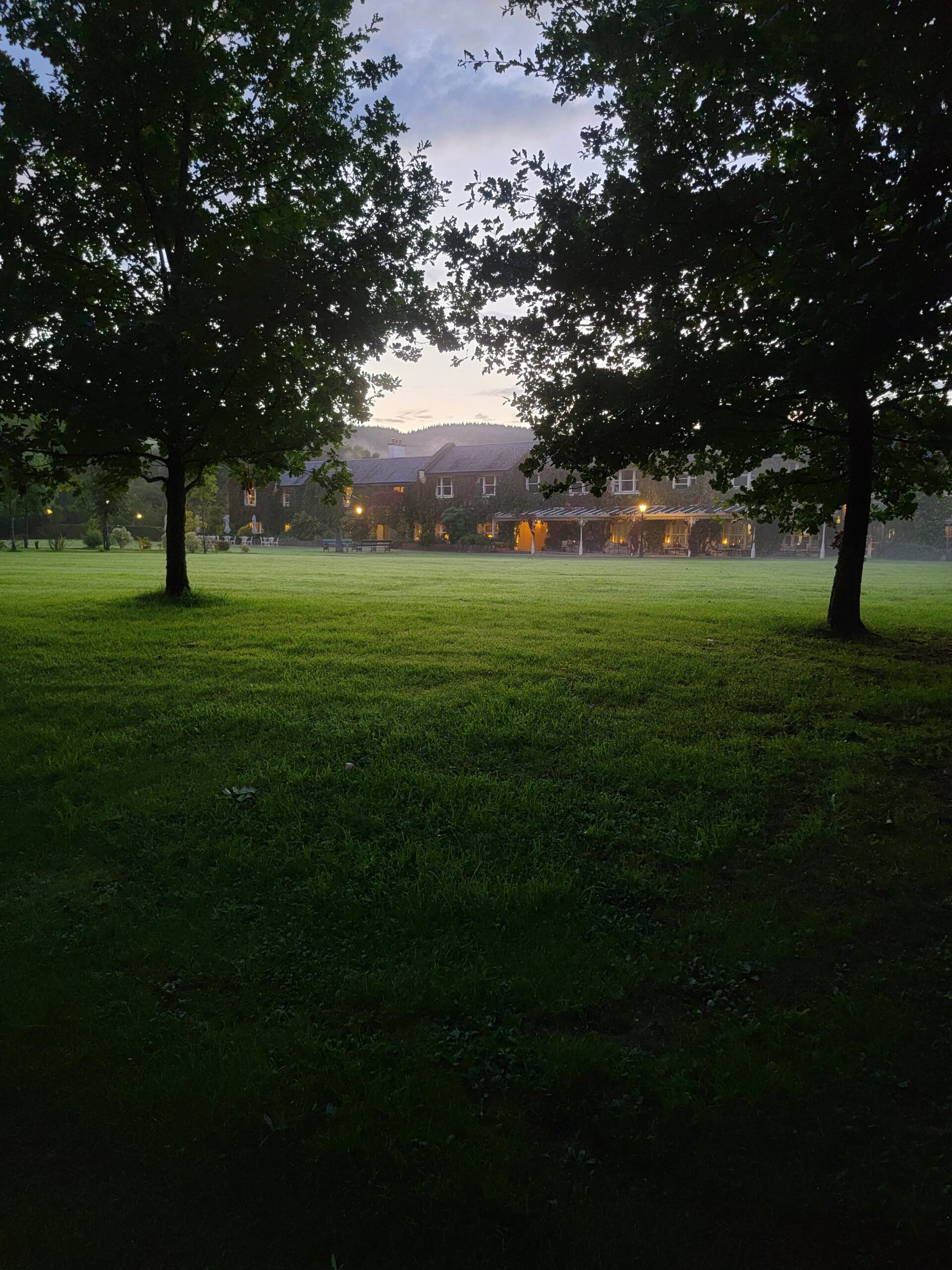

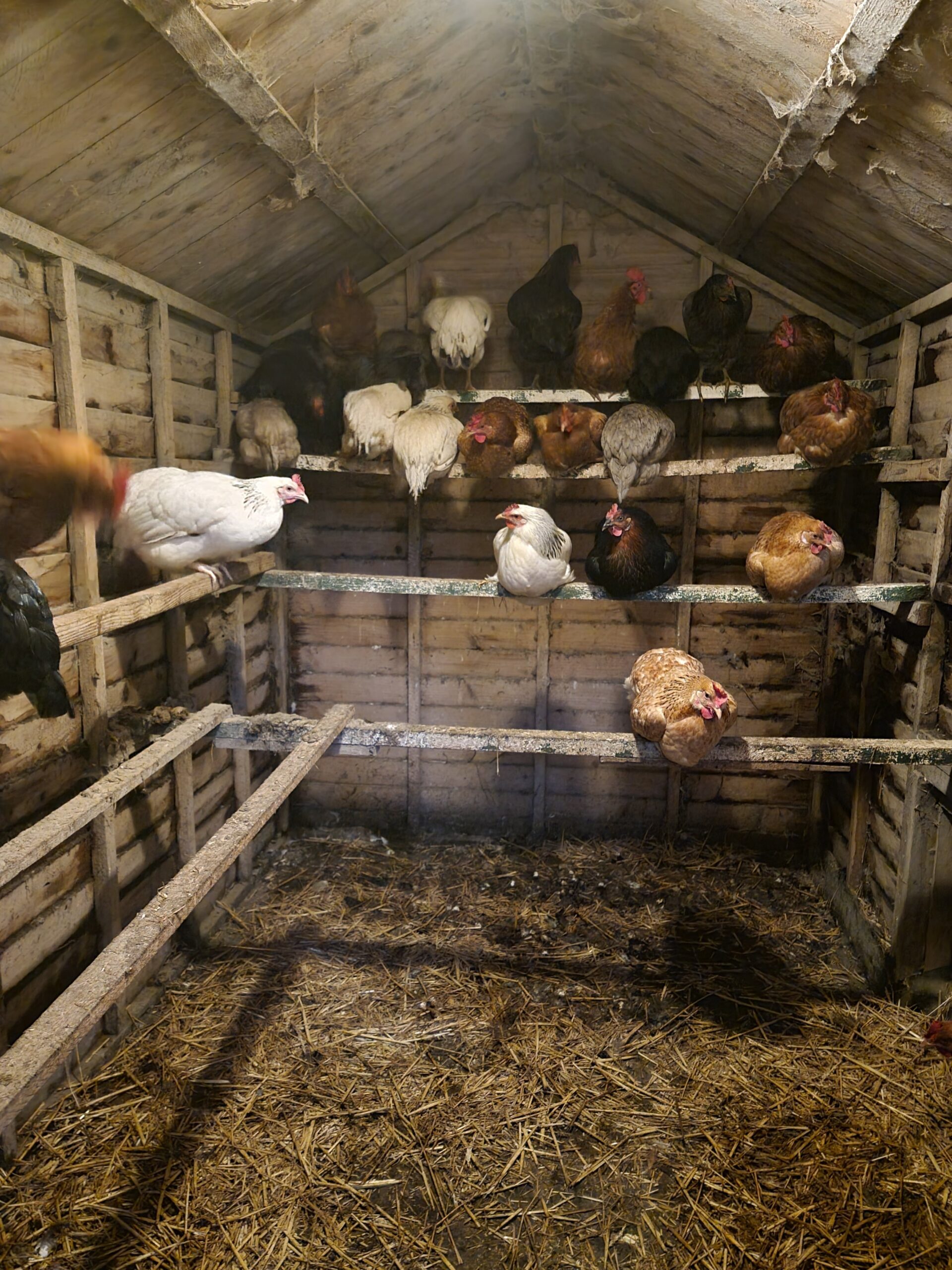

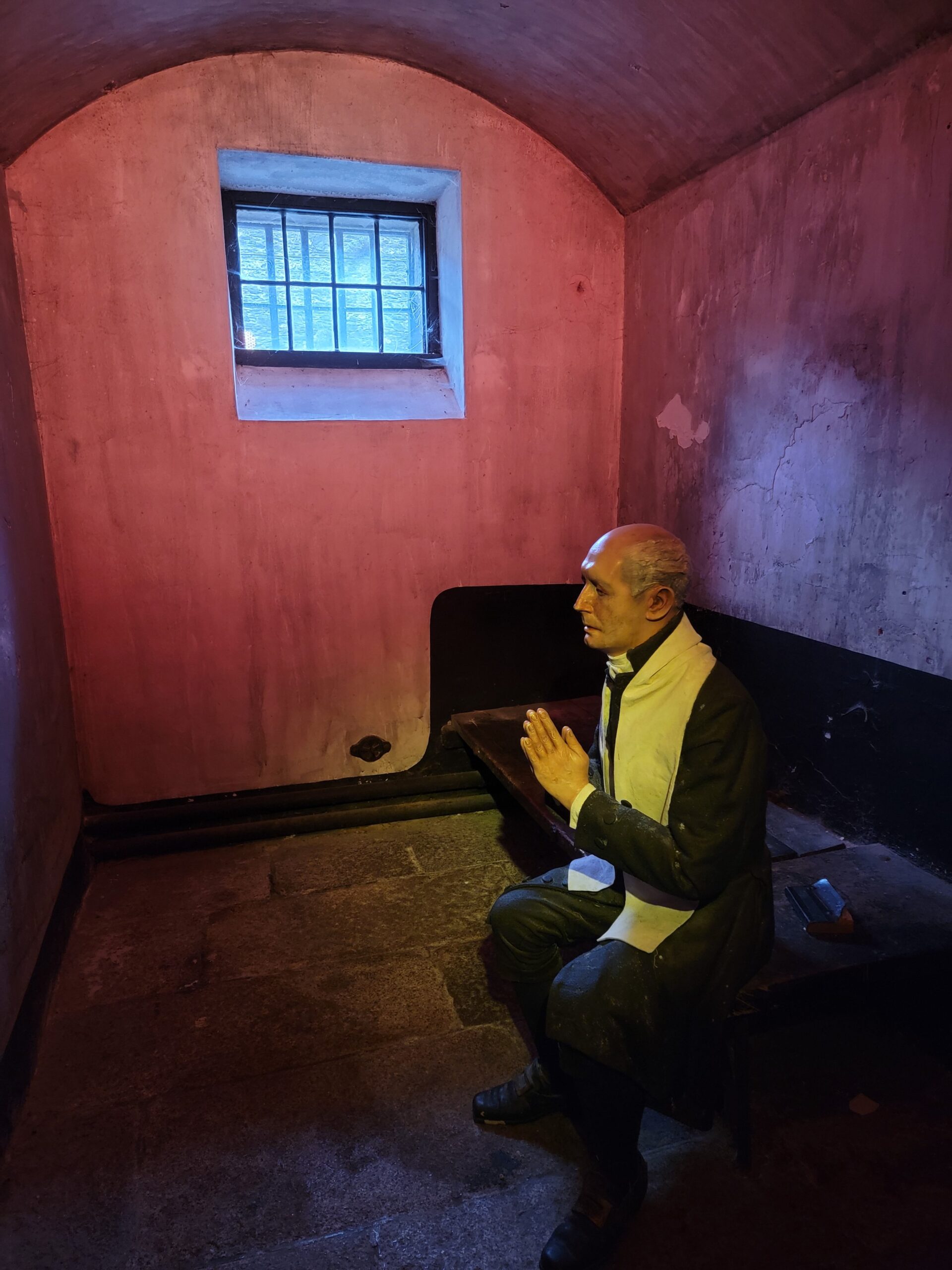
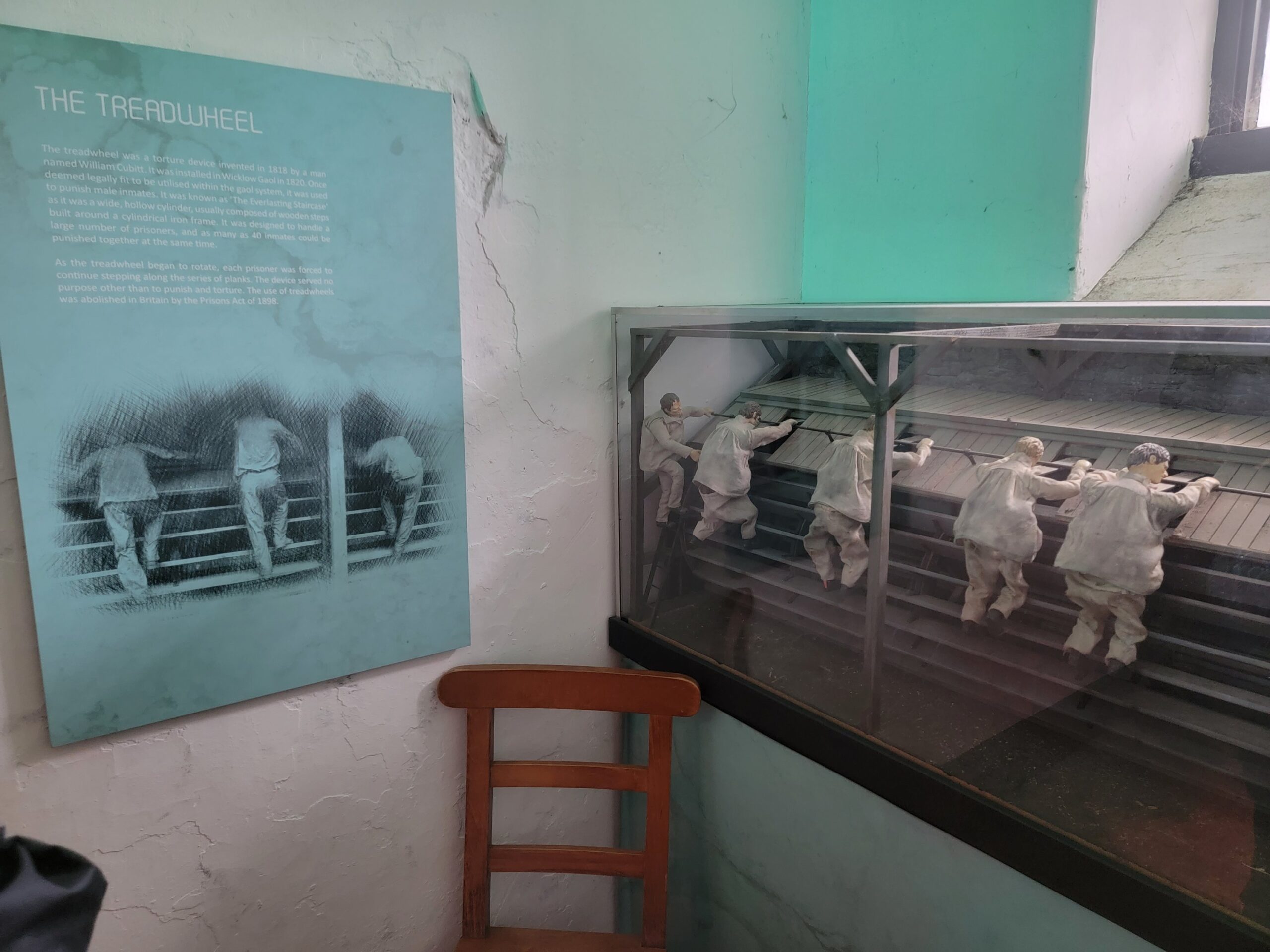
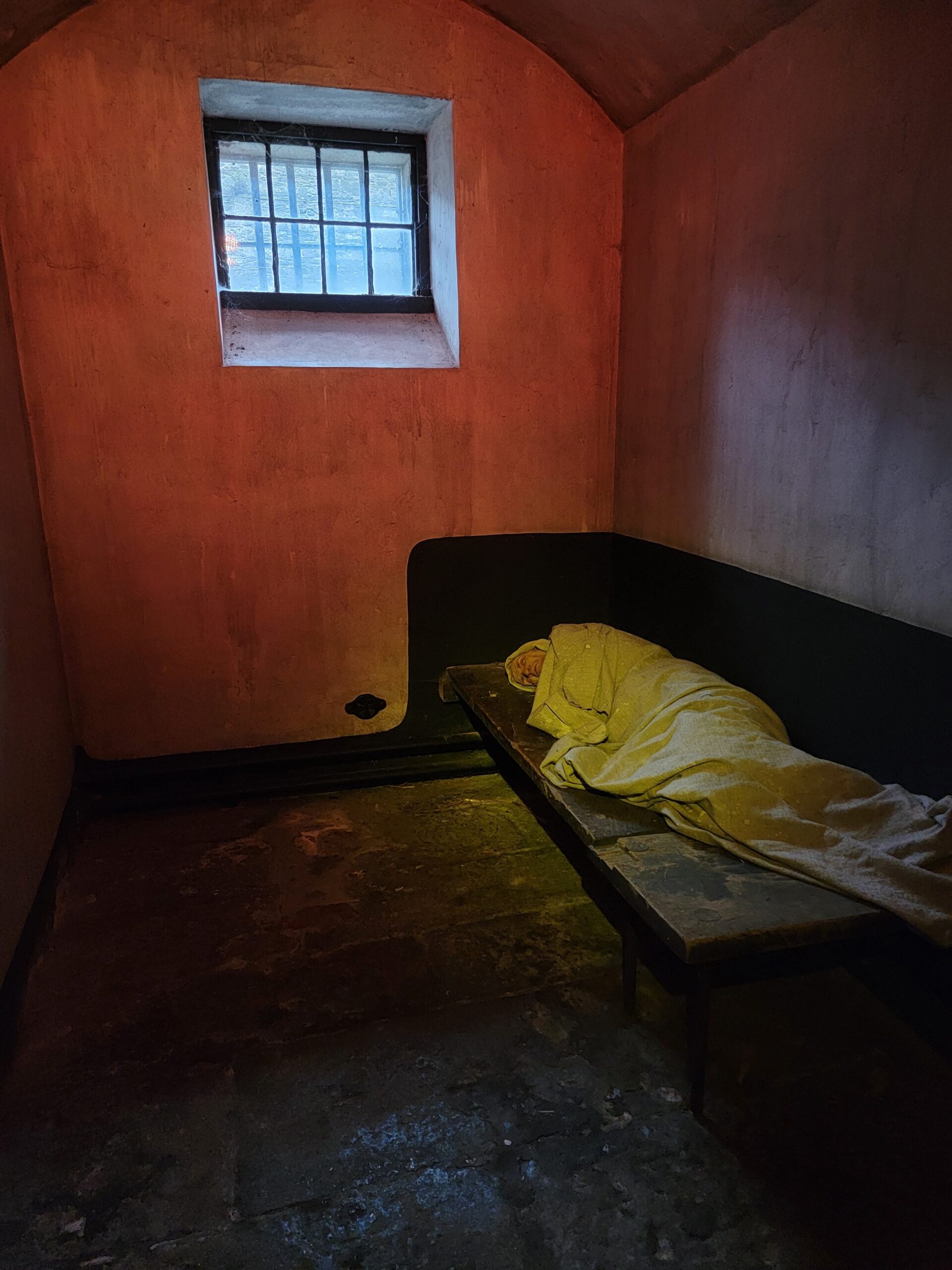
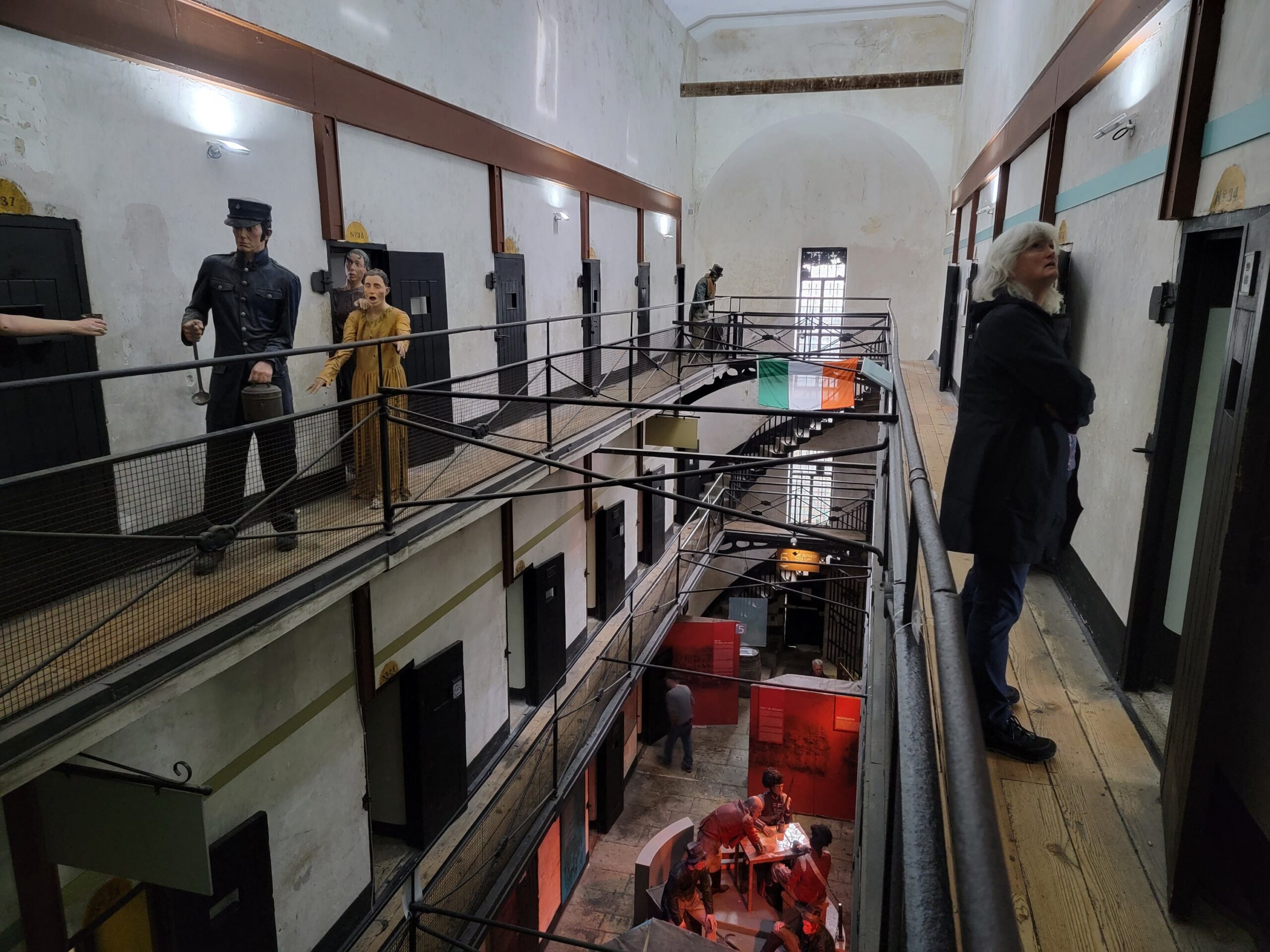
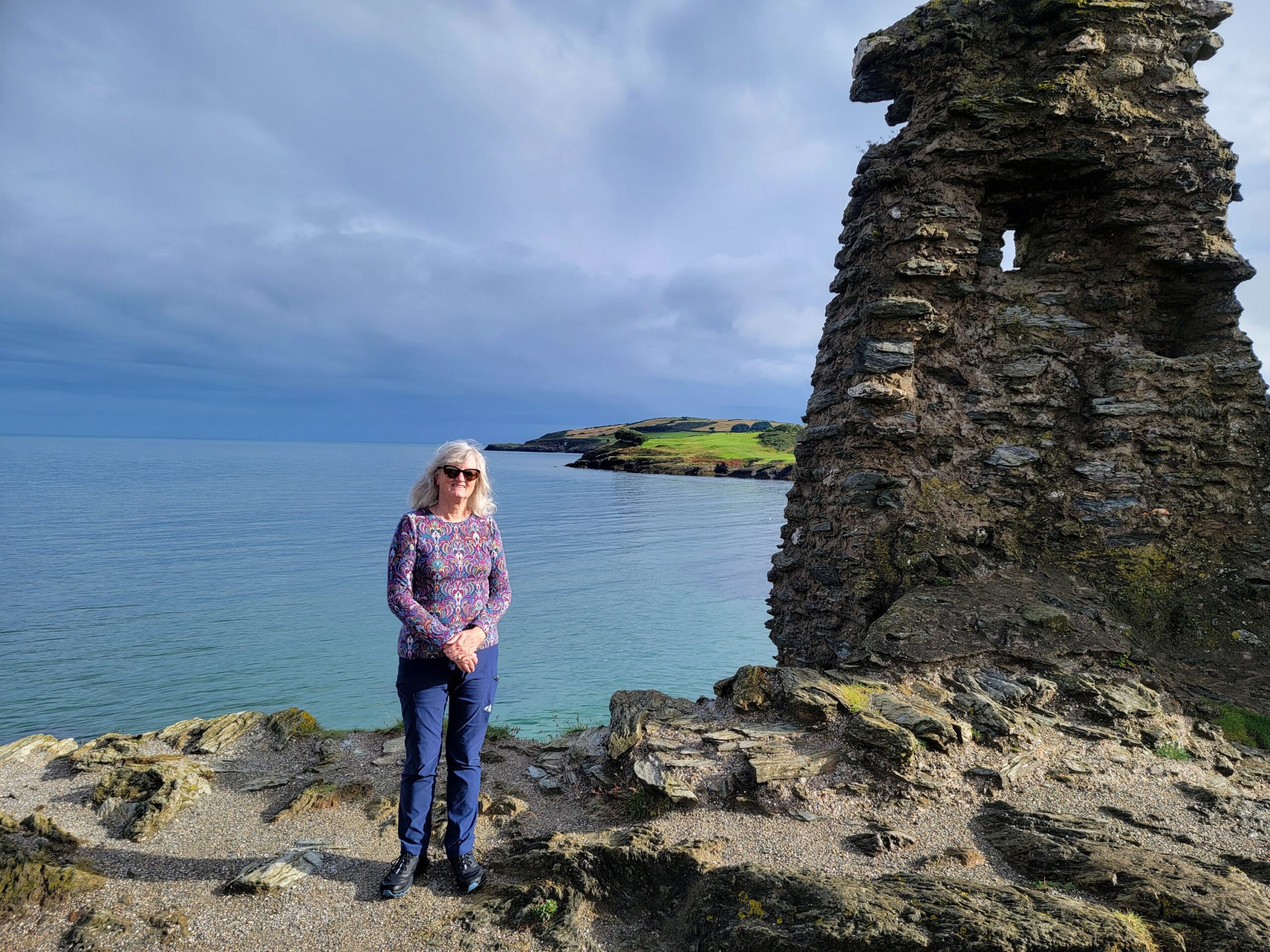
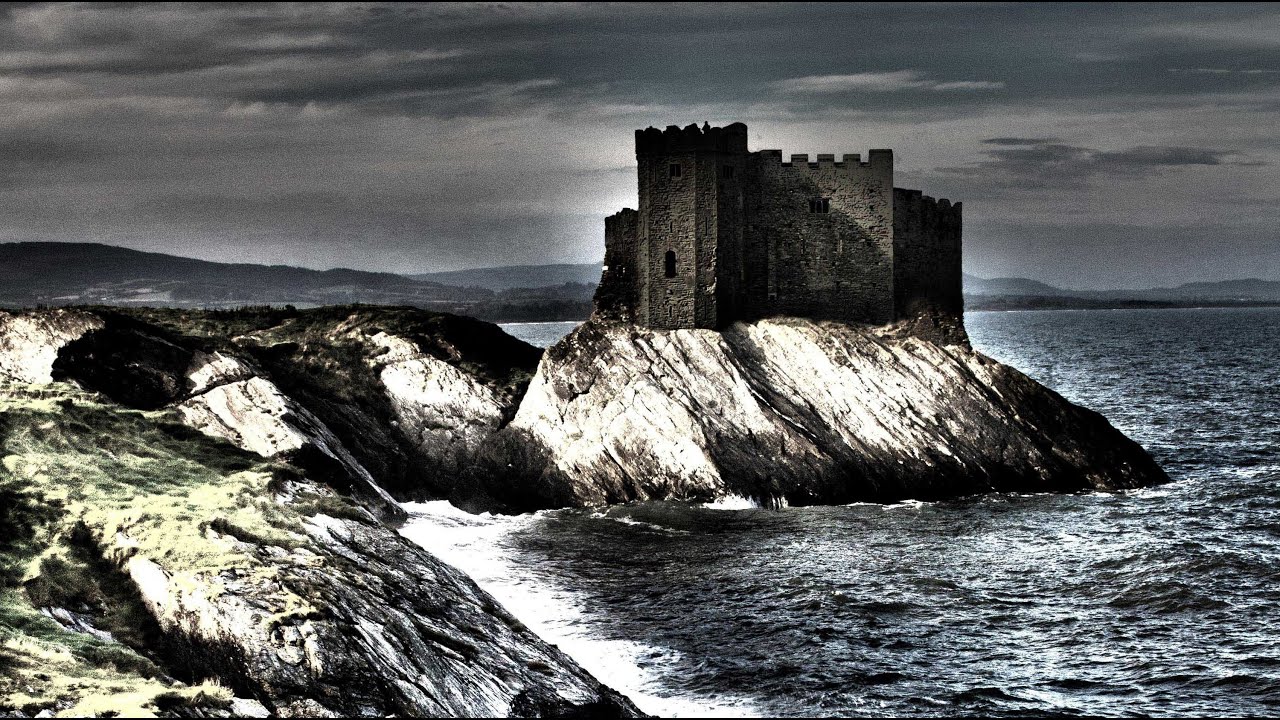
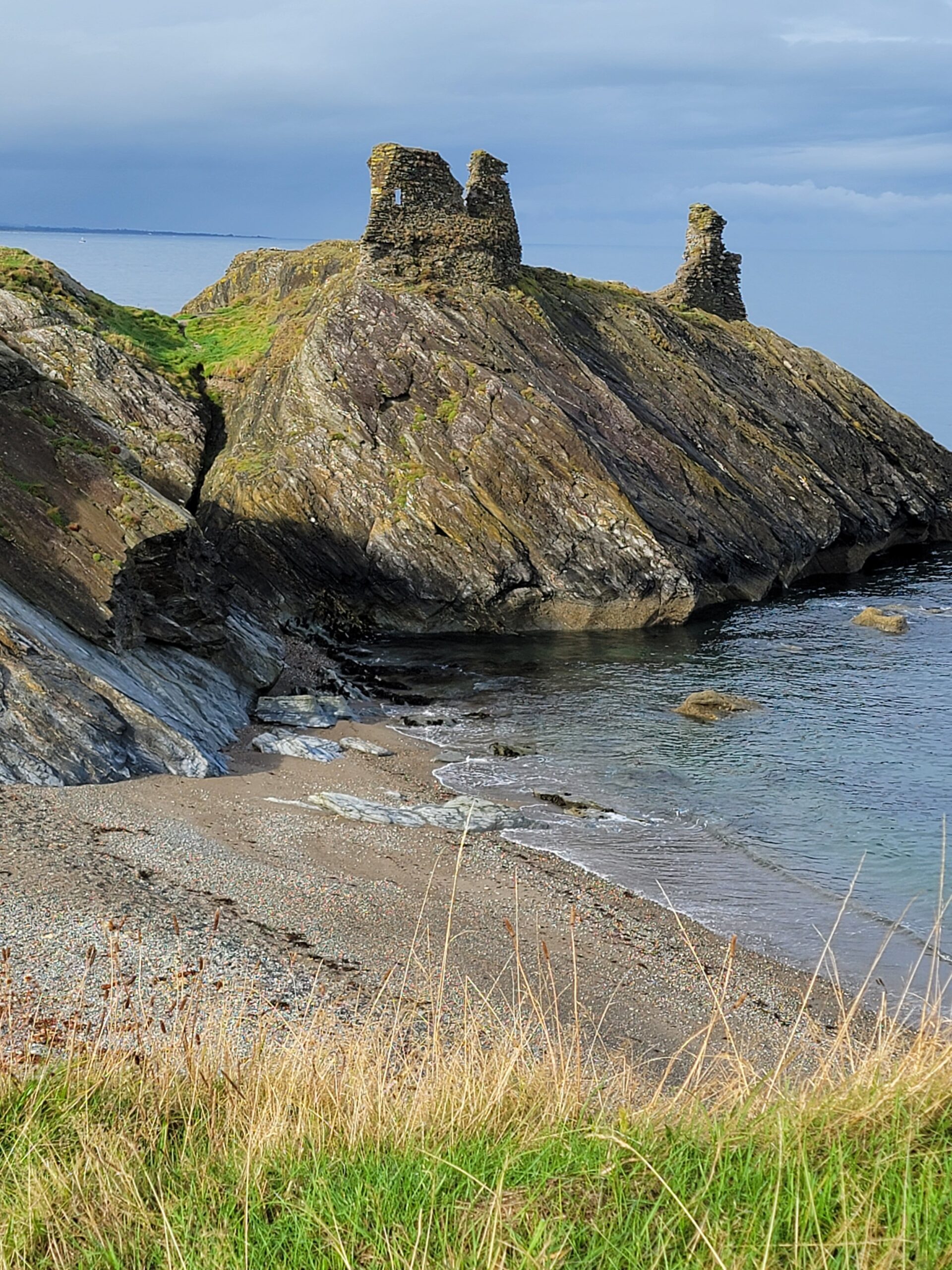
Very interesting jail. Beautiful countryside. Tell Kim I got to go to the nativity museum in Evora. Thanks for the recommendation!!